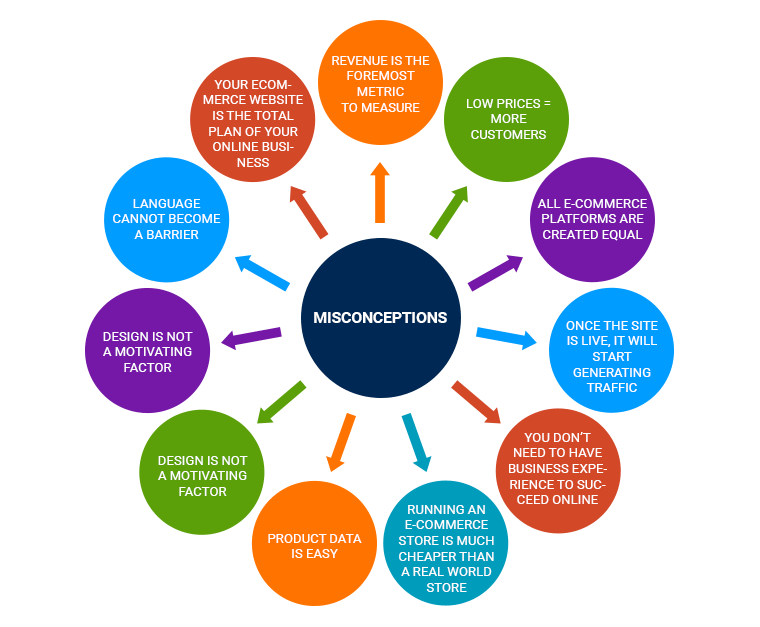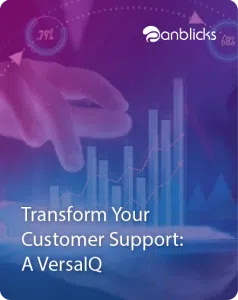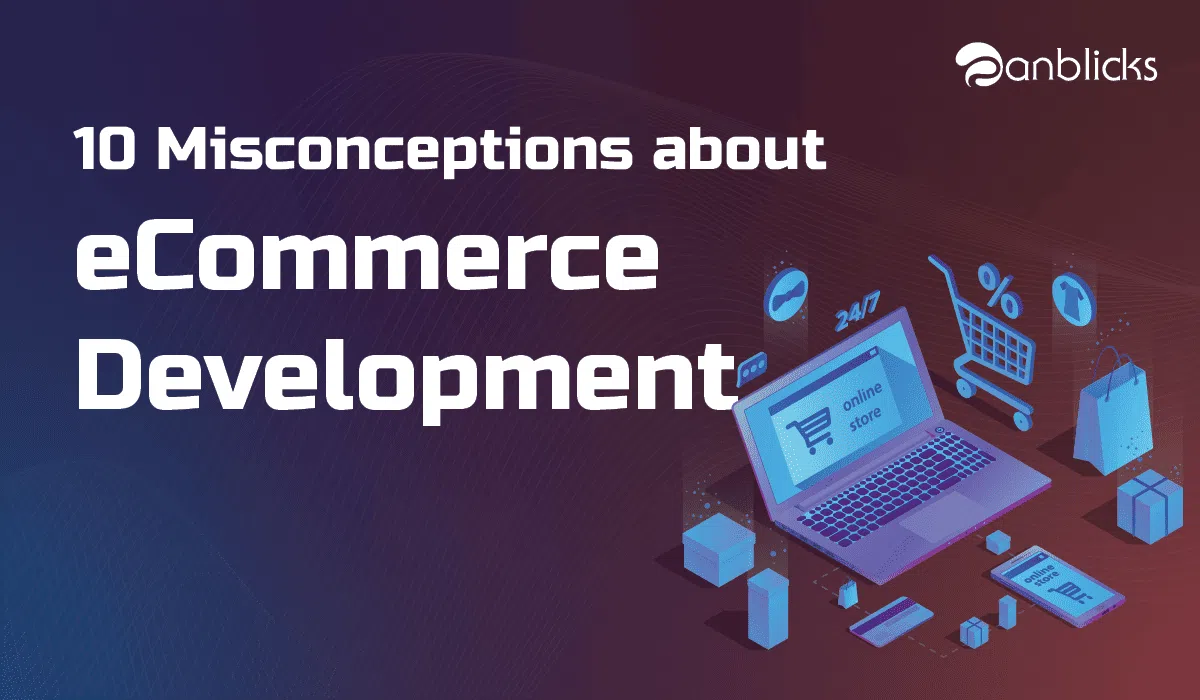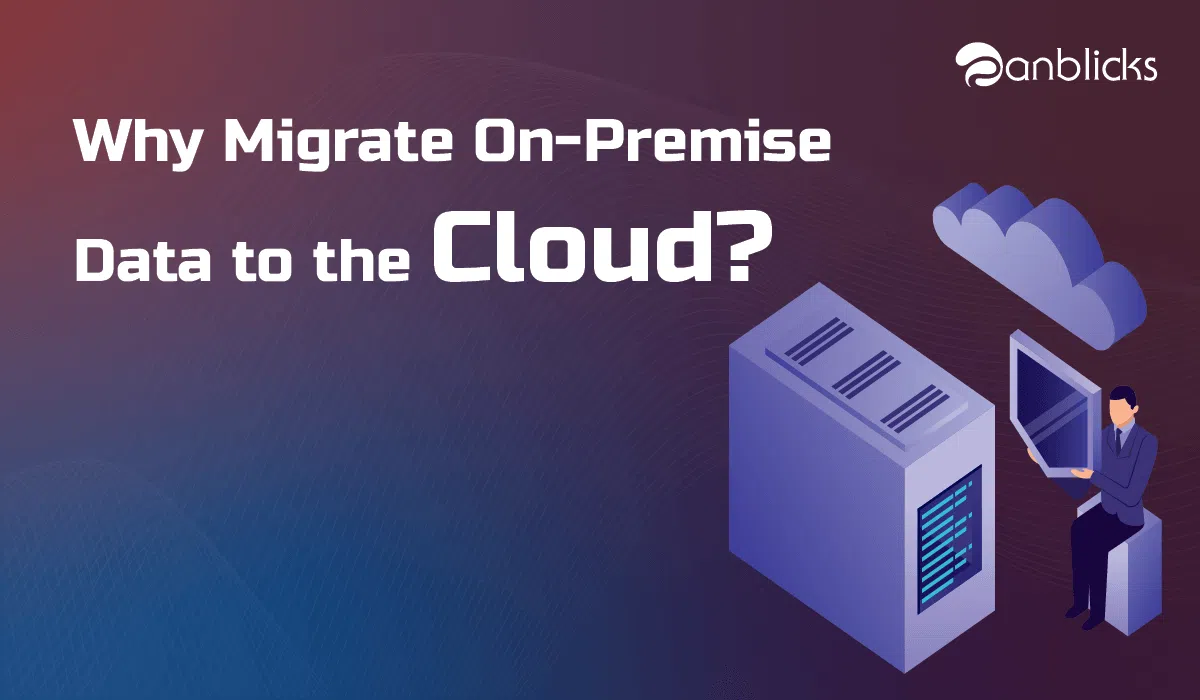TL;DR
- Explore the hidden complexities and costs of eCommerce platforms.
- Uncover overlooked aspects like security, scalability, and user experience.
- Discover why templates fall short of meeting unique business needs.
On one hand, online shopping has transformed into a simplified, profitable way of transacting, on the other it has managed to lure most businesses into its enviable charm. Creating an online platform that is feasible, easier, trustworthy, and most importantly, one that generates the most revenue is not an easy job.
Unfortunately, most startups fall for the ‘It is not a big deal going online’ trap and end up with not-so-happy results.
Yet eCommerce is an emerging and evolving industry, here’s an attempt to help you distinguish between misconception and reality.

1: Revenue is the foremost metric to measure
The Reality: You need a strong financial base to buy merchandise, pay your employees and stay breakeven among a million other things. But there are several web metrics like your search engine click-throughs, conversion rate, and bounce rate that can paint a better picture of where your company stands financially and will give you a more realistic view of your online presence.
2: Low Prices = More Customers
The Reality: The price battle will always exist, so will the consumer psychology of “pay less and get more”. But the final purchase decision, especially in the case of an online store, is made through factors like availability of a product, inventory management, brand popularity, loyalty, credibility, and round-the-clock customer support. So price your products based on the quality and not on herd mentality.
3: All eCommerce platforms are created equal
The Reality: Every product has its own way of selling itself, and no two purchase processes can be exactly alike. The time, money, and energy invested in buying a cell phone will be different from that of shampoo. To understand the mechanisms of your product and create a feasible site for selling it online.
4: Once the site is live, it will start generating traffic
The Reality: Every product has its own way of selling itself, and no two purchase processes can be exactly alike. The time, money, and energy invested in buying a cell phone will be different from that of shampoo. To understand the mechanisms of your product and create a feasible site for selling it online.
5: You don’t need to have business experience to succeed online
The Reality: Building an online business is the same as building a brick-and-mortar company. You need a strategy, you need a business plan, and you need some good experience. You need to build a clear definition of the company’s target markets and have a thorough understanding of your customers’ needs. It is no different than running a physical store.
6: Running an eCommerce store is much cheaper than a real-world store
The Reality: eCommerce is a process, a journey to improve customer experience. It is more than just a catalog and you need to realize that it is not cheap. Ideally, it follows the process of carefully planning the venture, keeping realistic expectations, committing to a long-term business, and focusing on profit generation.
7: Product Data is easy
The Reality: The more the products the harder it gets to manage. Putting uploads of information about the product will only do the job of a brochure. What you need to do is arrange for generating conversion, have outstanding visibility, ensure appealing calls to action, and plan a hassle-free layout.
8: Design is not a motivating factor
The Reality: A survey suggests that consumers will make a purchase decision in the first few minutes that they spend on your site. The factors that play around here are the design, the security, and the layout. Be aware that if you focus on being a price leader and overlook the design aspect, you could be viewed as a “possible scam”.
10: Your eCommerce website is the total plan of your online business
The Reality: Your website is only one single part of your business plan. Analysis of the current trends along with potential risks, efficient marketing, and promotional strategies are all a part and parcel of your online store setup.
9: Language cannot become a barrier
The Reality: Research has shown that less than 30% of the consumers do not buy from stores that don’t support their native language. If you’re looking at a global audience, let your website support multiple languages. Because even if the products seem visually good, customers may not buy them if they don’t understand the language.
Conclusion:
So go on then, get your online store up and running soon! Anblicks’s eCommerce development experts build robust and scalable eCommerce solutions that deliver the best user experience right from a front-end solution using the latest interface technologies and back-end architecture to solve a systems integration problem helping you to reach the global market.
Commercial assists Brick and Mortar stores in developing and driving maximum revenue from their e-store and ensure that their customers can buy the products from anywhere anytime using any device.

Anblicks is a Data and AI company, specializing in data modernization and transformation, that helps organizations across industries make decisions better, faster, and at scale.




